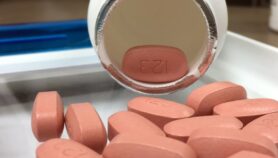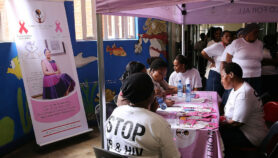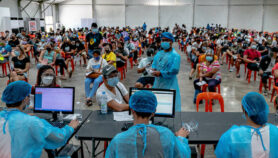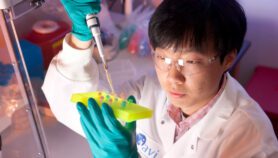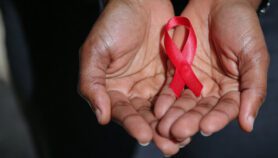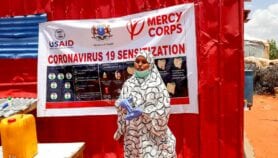25/07/19
WHO recommends dolutegravir as the first-choice HIV treatment
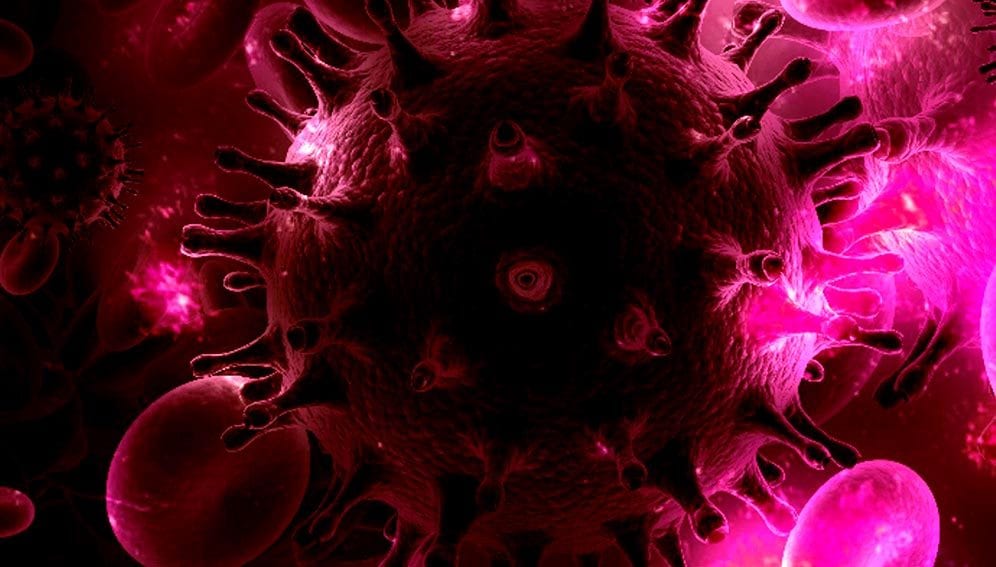
By: Cecilia Rosen
Send to a friend
The details you provide on this page will not be used to send unsolicited email, and will not be sold to a 3rd party. See privacy policy.
[MEXICO CITY] A drug that had been feared to be causing serious birth defects is now the first-choice treatment for HIV after the World Health Organization (WHO) said the risks were “significantly lower” than previously thought.
The WHO said it had changed its guidelines to “strongly recommend” dolutegravir (DTG) as the preferred first- and second-line treatment for all populations living with the disease, including pregnant women and those of childbearing potential.
Last year, many countries advised pregnant women or those who might become pregnant to take efavirenz (EFV) instead, after a study in Botswana found a possible link between DTG and neural tube defects in newborn babies. These are defects of the brain, spine or spinal cord that develop in early pregnancy.
“To reverse the misperception about the level of risk will take another year. We lost two years in access to a drug that will save women's lives,”
Deborah Birx, US global AIDS coordinator
However, presenting new research from the ongoing Tsepamo study at the International AIDS Society (IAS) Conference on HIV Science, in Mexico, the WHO said the potential risk was “significantly lower” than previously estimated, with benefits for women probably outweighing the drawbacks.
DTG has proved to be safer, with fewer side effects and serves as a genetic barrier to drug resistance to other antiretrovirals (ART) such as EFV, according to the WHO.
According to international organisation Unitaid, DTG-based regimes could enable low- and middle-income countries to expand ART therapy fast enough to reach UN targets to end the HIV/AIDS epidemic by 2030, although challenges remain in terms of prices for low-income countries.
Besides the new studies on the risk of neural tube defects, the new WHO guidelines were based on mathematical models on the benefits and harms of DTG versus EFV, as well as the preferences of communities living with HIV, especially women, who globally represent half of the estimated 37.9 million affected by the disease.
Meg Doherty, from the WHO’s department of HIV, hepatitis and sexually transmitted infections, told SciDev.Net: “Women don’t want to be told what they have to take; they want to be able to negotiate and discuss, having a conversation. And that doesn’t happen as often in very overcrowded, overburdened health centres or systems.”
Jaqueline Wambui, of the National Empowerment Network of People Living with HIV and AIDS in Kenya, said global and local health policies on HIV must take into account “what happens on the ground”.
Wambui believes the context in which these drugs are provided is key to understanding the prevalence of the disease.
For example, less than 40 per cent of women living with HIV have access to family planning services, according to the WHO, and folic acid supplementation, which helps prevent neural tube defects, is not always guaranteed.
For women to be able to make better-informed decisions, said Wambui, we must tackle the “communication gap” between expertise and communities.
“We have a lot of people stopping the treatment because they don’t understand they have to take it for a certain period of time, especially with HIV treatment, that it’s a lifetime treatment,” she said.
Wambui, who has HIV, experienced this first-hand. Two years after being diagnosed, she developed tuberculosis because she stopped taking the treatment, she told SciDev.Net, adding: “[It was] probably because I wasn’t prepared to take medication the rest of my life. If I had had the proper information about the risks of leaving the medication, I probably wouldn’t have had tuberculosis.“We have seen a lot of science but we need to take into account what the people affected think of its developments.”
In 2019, 82 low- and middle-income countries have said they have transitioned to DTG-based treatment for HIV, the WHO has reported, although some fear that perceptions around the risks of the drug could take more time to change.
Deborah Birx, US global AIDS coordinator, told the IAS conference on Monday: “To reverse the misperception about the level of risk will take another year. We lost two years in access to a drug that will save women's lives.”
Rebecca Zash, Harvard researcher and lead author of the DTG safety studies, told the conference a public health approach to ART that maintains gender equity requires pregnancy safety data. One of the lessons of the Tsepamo study, she said, is that we need “sustainable surveillance” in the high HIV-burden countries, where more than 90 per cent of ART pregnancy exposures occur.







